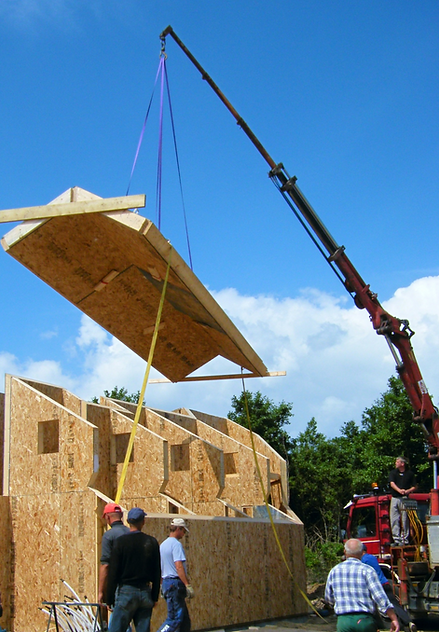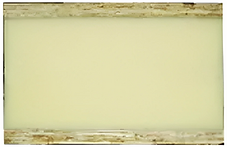
SIP-Concept
Strutural Insulated Panel Concept
Introduction:
Structural Insulated Panels (SIPs) are an innovative building material that has gained popularity in the construction industry. SIPs consist of a sandwich panel that incorporates two layers of structural board with an insulating layer of foam in between, making them an ideal choice for walls, roofs, and floors in new residential and commercial buildings.


Design Theory:
The design of SIPs is simple yet effective, offering several advantages for constructing walls and roofs. Bonding the foam core to the stiff outer skins creates a web-and-flange structural strength across the length and breadth of the panel, similar to an I-beam. SIPs provide structural framing, insulation, and exterior sheathing in a solid, one-piece component that can handle axial, bending, racking, and shear loads. Properly designed and assembled SIPs not only replace conventional framing but also withstand high wind and seismic forces.
Advantages of using SIPs:
Architectural Benefits:
-
High-quality construction method
-
Comfortably warm and quiet
Cost Benefits:
-
Equal or lower first costs
-
Lower long-term operating costs
-
Incentives available from utility service providers for energy-efficient design
-
Lower maintenance costs
Construction Process Benefits:
-
Easy to construct, with a short learning curve
-
60% shorter construction time
-
Quick turnaround time for greater satisfaction
-
Increased builder's production capacity
Environmental Benefits:
-
50% less framing lumber
-
50% more energy efficient
-
Require less room at the building site (less site disturbance)
-
Less construction waste


Usage:
SIPs are prefabricated systems used primarily for walls and roofs, which employ composite materials, reduce waste through modular construction methods, achieve high insulation values, and may be used instead of many conventional building methods.
Alternatives of facing/core materials:
SIPs can be made using different facing and core materials. The facing materials can be engineered board, such as fiber cement board, MgO Board, and plywood, while the sandwich insulating core can be PU or XPS. Here are some advantages and disadvantages of each:
Facing Material:
OSB
-
Advantage: Lighter, much easier to be cut, moved and decorated. OSB is made of renewable wood resources, making it green.
Fiber Cement Board
-
Advantage: Fiber cement is stronger, both water and fireproof, and termite resistant, making it suitable for tropical areas that are hot and very humid.

Core Material:
Polyurethane
-
Advantage: The main advantage of polyurethane is that it has the highest R-value of any SIP panel, making it the most energy-efficient option.
-
Disadvantage: Polyurethane panels have a high cost and a high melting point, making on-site modifications challenging.
EPS
-
Advantage: Over 80% of the SIP panels installed are EPS. EPS core material is widely available, easy to modify on-site, and the least expensive option in terms of material cost.
XPS
-
Advantage: XPS has many of the best characteristics of both polyurethane and EPS. It has a high R-value, is dense and stable, and has a low melting point, making on-site modifications easy.
-
Disadvantage: XPS is expensive, and manufactured panels are not widely available.
SIP sample

OSB Skin

Fiber Cement Skin

MGB Skin

PU Core

Thermal Performance of the Quacent SIP System:
The Quacent SIP System provides wall and roof assemblies with higher overall (effective) thermal resistance (R-value) than other conventional construction methods. The overall R-value of a building assembly includes the effect of thermal bridges as a result of framing members and is a measure of its ability to resist heat flow through it. The higher the overall R-value of a building assembly, the lower the long-term energy costs will be for heating and cooling.
